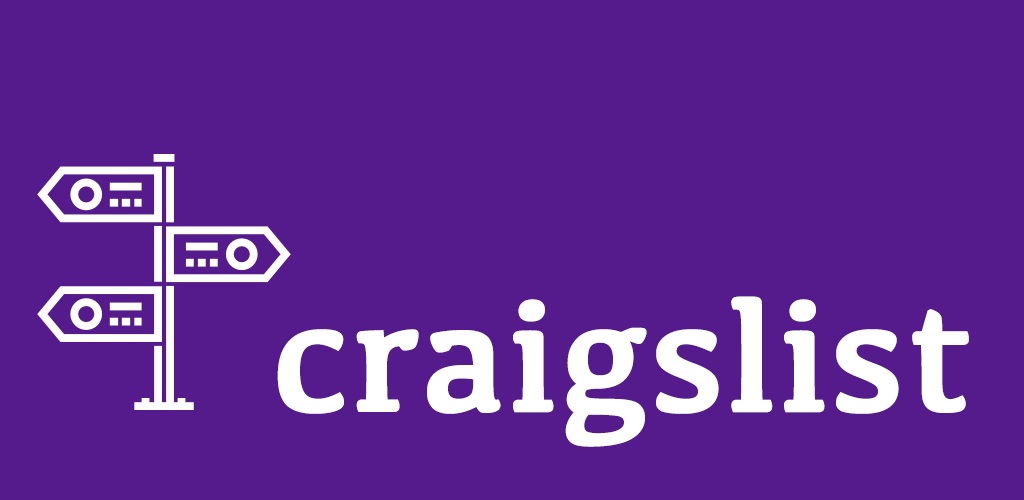When day trading is done, a financial asset may be bought and sold all at once or multiple times during the day. Taking advantage of slight price adjustments can be profitable if done correctly. However, it is challenging for newcomers and anyone who must follow a well-planned approach. Beginner-friendly ten-day trading techniques are discussed in this post. The quotex corretora then discusses advice on what to buy and when to make your purchase.

When trading specific assets like currencies, futures, stocks, and options, day traders look for opportunities to profit from minute price changes. To do so, they typically need significant capital hedging. A typical day trader considers three factors when choosing what to buy, such as a stock.
Liquidity is the ability to acquire and sell security promptly and, ideally, at a fair price. Tight spreads, the gap between a stock’s bid and ask prices, and minimal slippage, which is the variation between the expected cost of a deal and the actual price, both favor liquidity.
Volatility is a metric that represents the daily price range that a day trader operates. The potential for profit or loss is more significant when there is more volatility.
Trading volume indicates how frequently a stock is purchased and sold over a specific period. It is commonly referred to as the average daily trade volume. A reserve is likely to be highly sought after if the book degree is high. A price spike, either up or down, is frequently predicted by an increase in a stock’s book.
Define and record the particular circumstances under which you will buy the money. For instance, purchasing during an uptrend requires more excellent care. Consequently, try something more definite and testable instead: purchase during the first two hours of the trade when the price breaks above the top trendline of a triangle formation on the two-minute chart and an uptrend come before the triangle.







